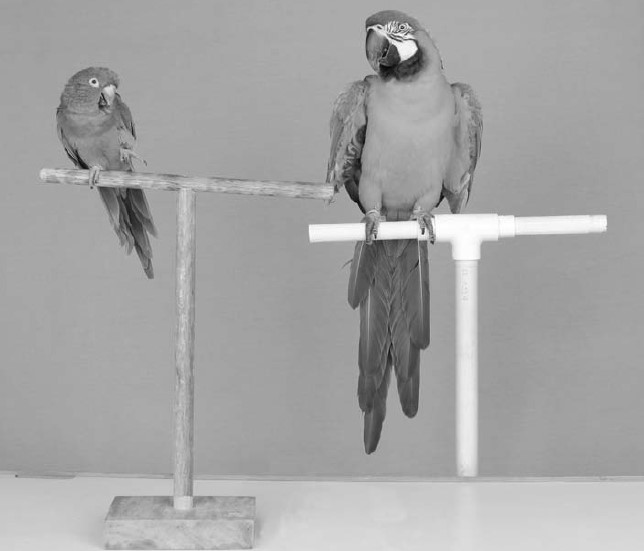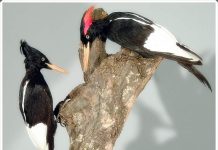Get your training area ready before you start trick training. When you have a larger bird, you may want to use a floor model rather than a T-stand.
A T-stand gives you the most control and gives your bird undivided attention during training sessions. There is nothing complicated about a T-stand, which is made up of a flat base and an upright pole fastened perpendicularly to the pole.
Therefore, the name “T” comes from this shape. You should choose a perch based on the size of your bird. Unless you’re a professional, you should be able to make a simple perch on your own. Putting together a T-stand only requires a drill and a saw.







